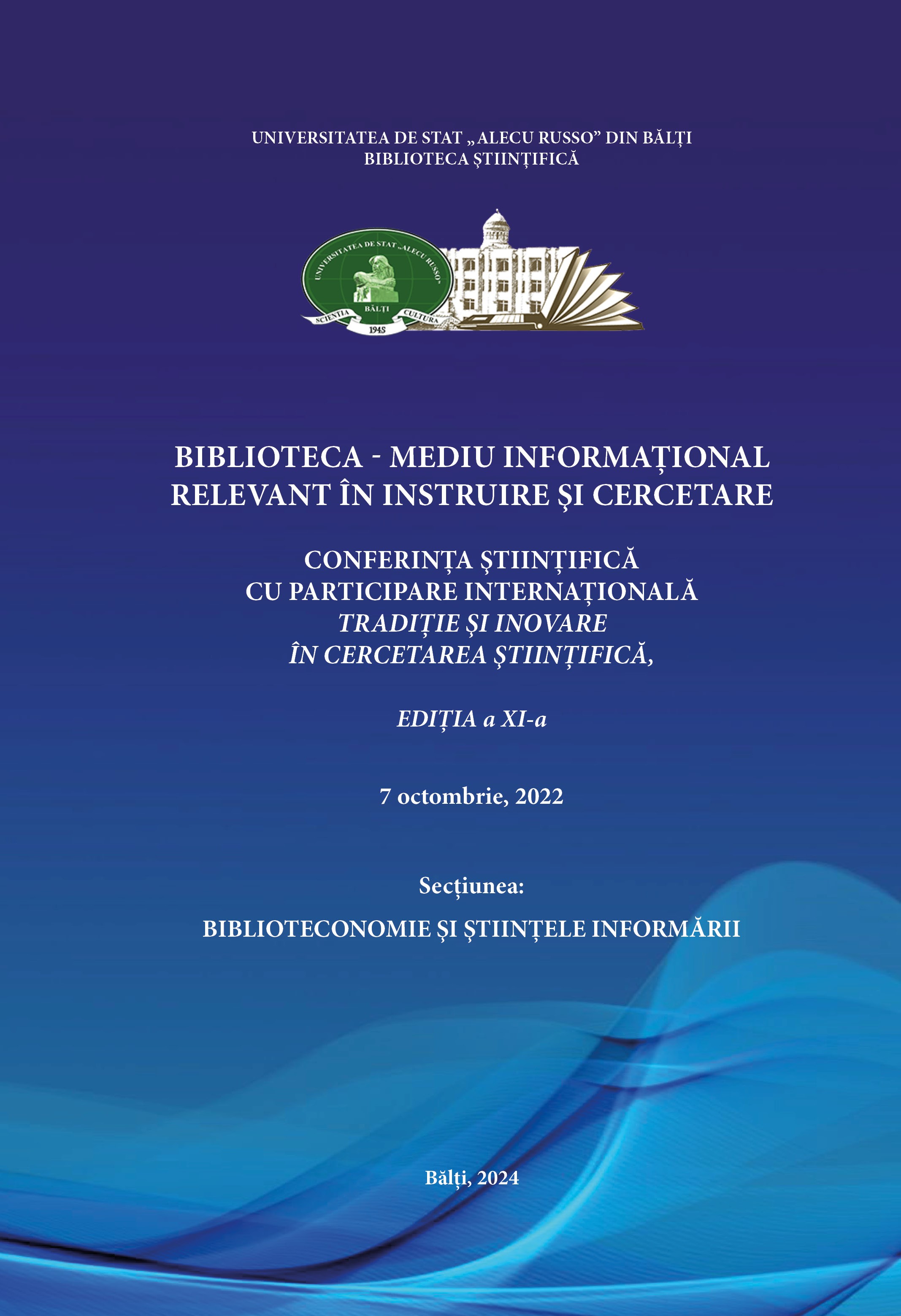Author(s): Anna Setkowicz-Ryszka / Language(s): Polish
Publication Year: 0
This chapter attempts to summarize the principles of preparing scientific speeches accompanied by presentations that enable speakers to better communicate research findings, argue persuasively, and build their reputation. It also includes information on mistakes that make it difficult for the audience to follow such speeches. Presentations should be carefully planned, both in terms of contents and visual aids, so that they are attractive for researchers at different stages of their careers and resonate with different types of audience members. Information should always be selected in a way that helps the audience achieve cognitive ease. Although the structure of a presentation is similar to that of a research article, it also includes elements of building rapport with and maintaining the attention of the audience. The chapter lists the principles one should follow when planning a presentation. They are derived from scientific knowledge on how the human brain processes information, mainly dual coding theory, i.e., processing information using visual and verbal systems, and multimedia learning theory, from which detailed principles are derived for reducing extraneous information processing, managing the processing of essential information, and fostering generative processing, through which listeners organize and integrate information. Based on these principles, detailed guidelines are developed, for example, concerning the amount of text and images per slide, the relationship between written text and images and the spoken word, font size, and even the colors used on slides. The following methods were used in the chapter: bibliographic review, critical review of literature, and heuristic method.
More...




